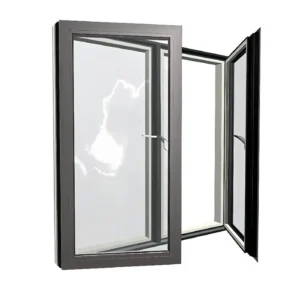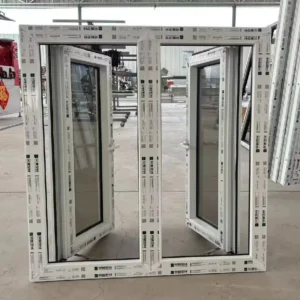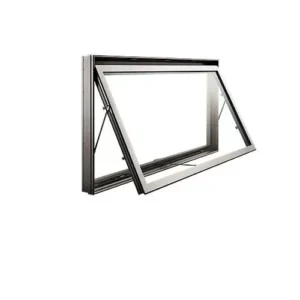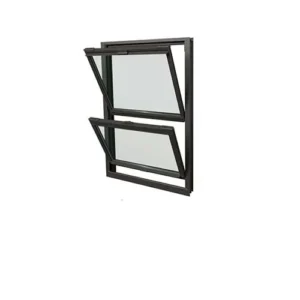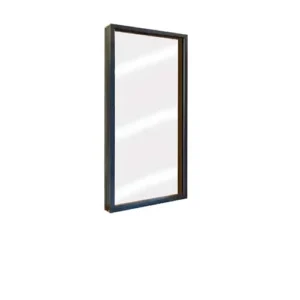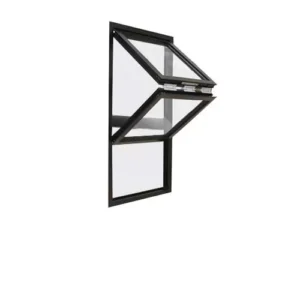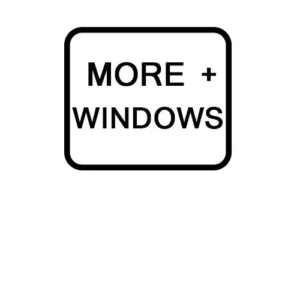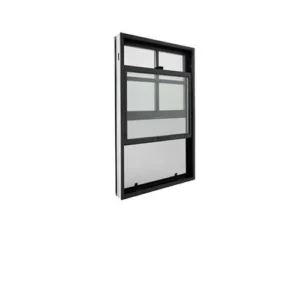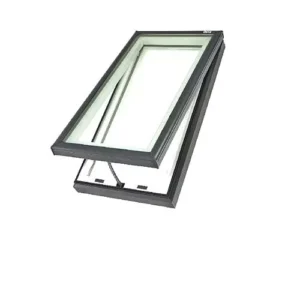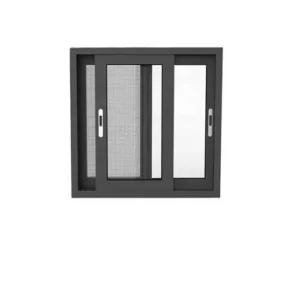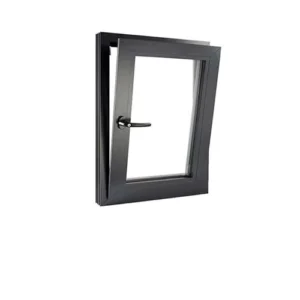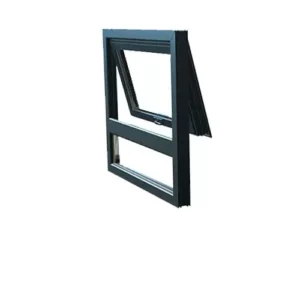ABOUT CASEMENT WINDOW FAQ
Casement windows are some of the best windows to put above sinks and in kitchens because they can be easily opened, even at a stretch. They’re also great for living rooms or other spaces where you want to bring in sweeping amounts of fresh air, since they can be up to 8 feet tall and create top to bottom air flow.
Casement window sizes will vary depending on the design and series you choose. Our largest casement window is 4-feet wide and 8-feet high (A-Series product line), and custom sizing is also available.
Casement window hardware can be either traditional or contemporary.
A bay window usually consists of three windows in an angular shape at 30, 45, or 90 degrees (a “box bay” has 90-degree angles). A bow window is a larger array of windows taking a more rounded form with 10-degree angles on windows. Both bay and bow windows extend from the exterior of a home and can consist of casement, double-hung, or picture windows.
Casement windows have several advantages. They can be quite large, are easy to open, and create top to bottom air flow.
It’s possible for wind to damage casement windows if the wind is strong enough and the window is left open. Good materials and design, proper installation and use, and keeping up with any necessary maintenance are a good way to keep casement windows from getting damaged.
Yes, you can put insect screens on casement windows.
A common size for a casement window is around 3 feet wide by 5 feet tall, but “standard sizing” will vary depending on the model, design, and application.
Casement windows can be made of several different materials, each with their own benefits. Nearly all of our casement windows have a wood core for improved durability and insulation that’s covered (clad) in another material for protection against the elements. Aluminum-clad casement windows are extremely durable, virtually maintenance-free, and can have nearly limitless customizations. Vinyl-clad casement windows are low-maintenance and generally cost less. This material is a special blend of reclaimed wood fiber and thermoplastic polymer which is twice as strong as vinyl, won’t fade, flake, blister, or peel,* and helps dark colors stay dark.

